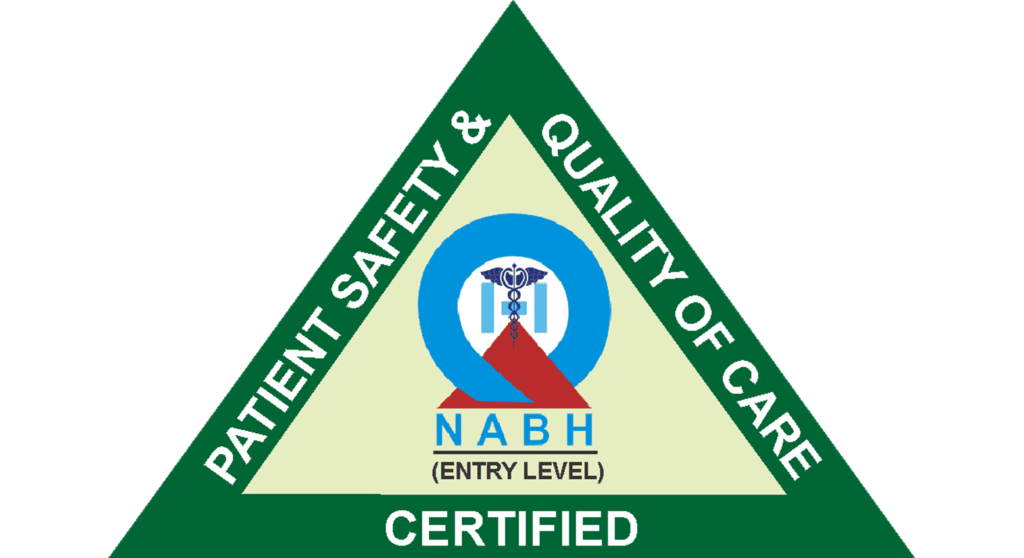Cataract Treatment in Vileparle and Santacruz
Cataract Diagnosis & Treatment


What is Pterygium?
Pterygium is also known as Surfer’s eye. It is an extra growth that develops on the conjunctiva or the mucous membrane that covers the sclera (white part of the eye). It usually grows from the nasal side of the conjunctival.

Pterygium Symptom Checker
- Foreign body sensation
- Tearing from eyes
- Dryness of eyes
- Redness
- Blurred vision
- Eye irritation






What Causes Pterygium?
- Dryness in the eyes is one of the biggest causes of Pterygium.
- Pterygium causes include exposure to ultraviolet rays for a long time.
- It may be caused due to the dust.

Diagnosis
- Slit lamp examination
- A visual Acuity test- It involves reading letters on an eye chart.
- Corneal Topography –it is used to measure the curvature changes in your cornea.
- Photo Documentation- It involves taking pictures to track the growth rate of Pterygium.
Treatment
-
- Medical:
-
- Surgical:
Treatment
- Medical: If the Pterygium is leading to symptoms like irritation or redness, the doctor will prescribe eye ointment to reduce the inflammation.
- Surgical: If the Pterygium symptoms are worsening and the ointment is not offering any relief. Your eye doctor will recommend surgery to remove the pterygium.
Pterygium Reviews
I did my cataract surgery from sai deep
eye clinic for both eyes and it was very successful. I have got clear vision and I am very happy with the services.
Ermelinda P Fernandes
services are excellent and would truly recommend this clinic for eye related problems…
agnel paul
surgery. The staff is very helpful and co operative. Even the staff is very knowledgeable regarding the services they provide. More over the doctors Nitin and Nikhil are very humble and very best at what they do. Will definitely recommend my friends and family
Rinisha Smile
Frequently Asked Questions
- Initially,the patient is given an injection around the eye to numb the eye and prevent discomfort. The surgical area is thoroughly cleaned to minimize infection risks.
- The surgeon carefully removes the pterygium along with the conjunctival tissue.
- To prevent future pterygium growth, a membrane tissue graft is placed in the removed area.
An alternative approach to treating pterygium is the “bare sclera technique”, where the surgeon removes the pterygium without replacing it with new tissue. This technique allows the eye’s white area to heal naturally but carries a higher risk of pterygium regrowth compared to grafting.
After pterygium removal, surgeons may use either sutures or fibrin glue to secure the conjunctival tissue graft. The key distinctions between these methods are:
- Sutures are dissolvable but can lead to more post-surgery discomfort and extended healing.
- Fibrin glue reduces discomfort and shortens recovery time but carries a risk of disease transmission and is costlier.









